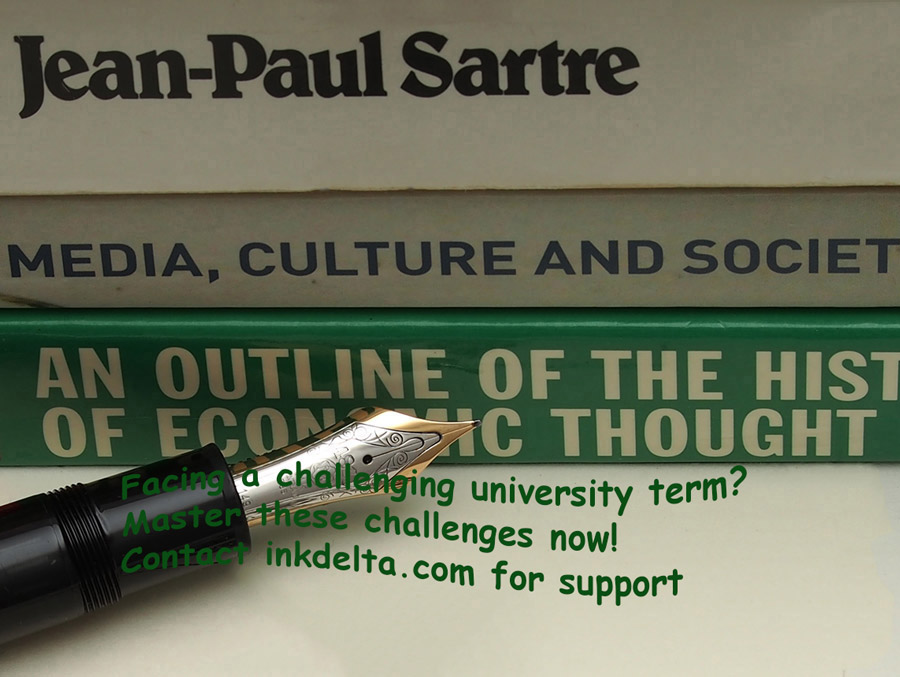Is there a golden period in the manufacturing history of Montblanc 149 that would prompt a purchase on the vintage market? Will the older 14 carat nib give more character to scripting? What is a split ebonite feed on some Montblanc 149? What are the most important changes introduced to the modern Montblanc 149? Finally, with all its fame, are there any other fountain pens that measure up to the 149 reputation? These are among some of the questions asked when pursuing a Montblanc 149.
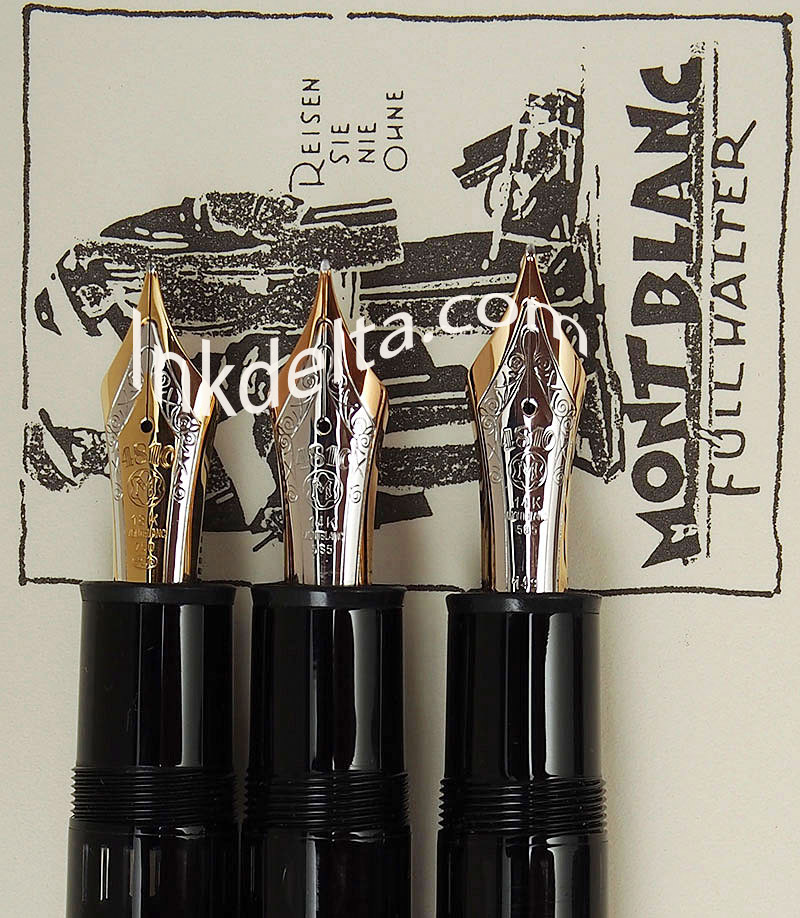
Have a product or an idea? Would like to present it beyond your locality? See how inkdelta.com can help
Montblanc 149, first introduced in 1952 in celluloid and developed more than half a century into the contemporary version is an icon of craftsmanship and lasting value. While collectors tend to focus on getting a hold of the first generation Montblanc 149 in celluloid because of its rarity, writers, students and fountain pen enthusiasts tend to seek the 149 as a great reliable writing tool. A number of questions are often raised by the latter category when deciding which version of Montblanc 149 to pursue. Chief among these questions are differences in nibs and feeds as Montblanc developed from using a two tone 14 carat nib on the early versions to the 18 carat version that can be seen on the 149 with the 1992 introduction of Hemingway writer’s edition. Montblanc 149 made in the 1950s in celluloid is rarely seen on the vintage market and hence it tends to fetch a premium price when one is on sale. The mechanism of the 1950s model, in particular the telescopic piston filling system, is not easily serviced today. Thus, both the price-point and service issues bring into question the 1950s version as a choice for daily use. Between this very early versions and the current version, there are hidden gems such as the Montblanc 149 with a 14 carat two-tone nib. The 1960s-1980s version of Montblanc 149 is a great affordable option. Montblanc 149 of this epoch can be identified by keeping in mind that Montblanc introduced the so-called precious resin, which provides better scratch resistance and glossier look relative to simpler ingredients used in the 149 of 1960s-1980s only after 1985. Thus, expect the pre-1986 version to be less glossy and, of course, keep in mind that ultimately it all depends on how the pen is cared for. A pre-1986 Montblanc 149, properly cared for will be a great choice even if it may be less glossy than the post-1985 versions. Also the 14 carat two-tone nib on the 1960s-1980s generation of Montblanc 149 is well designed to handle daily use. Thus, great writing satisfaction can be drawn from these pens at affordable prices relative to the price of the contemporary version of the 149.
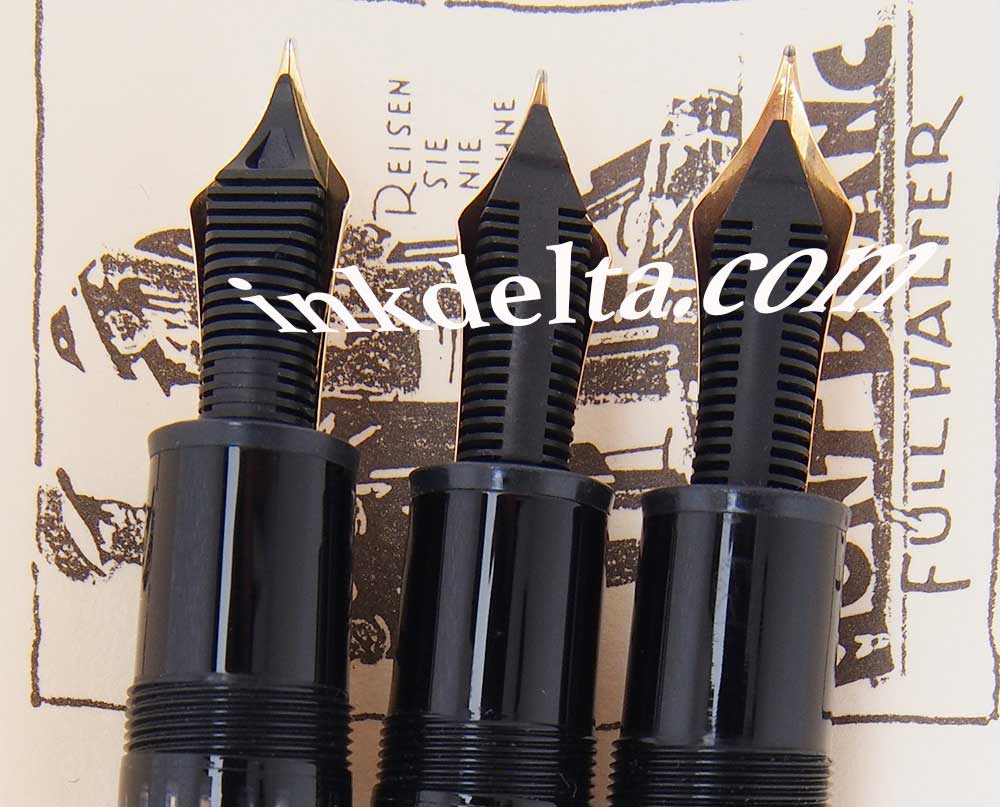
Moving on into the 1980s, a great gem to keep in mind is the Montblanc 149 with the split-ebonite feed. This version of Montblanc 149 distinguishes itself from the rest due to the engineering marvel of the feed. There are numerous stories describing how even the most professional user of Montblanc 149 felt surprised when opening a newly purchased Montblanc 149 and shocked by noticing what at first looked like a “crack” along the horizontal upper part of the feed. Montblanc designed the 149 with the split ebonite feed (version lasted from 1980-1991) to ensure better ink flow to the nib. The split ebonite section of the feed is designed to literally float and hence better respond to the vertical pressure of the nib on the writing pad. The split ebonite feed (as seen above from right to left: an older 149, followed by a newer post-1986 149, and a current plastic feed 149 on the very left end) is an engineering marvel. The very top end part of the split ebonite feed with a horizontal line-cut plays micro vertical movement in response to writing pressures and hence feeds an even ink flow to the top of the nib. These micro vertical movements of top of the feed work similar to the stabilizing effects of shocks in response to bumps on an uneven road. In the case of the split ebonite feed, Montblanc’s main idea with this design was to ensure a good supply of ink to the very top of the tip of the 14 carat nib.
Moving on to the 1990s, some of the major characteristics of modern Montblanc 149 are introduced with the famous Montblanc Hemingway. About the time Montblanc introduced the first writers edition, Hemingway in 1992, noteworthy changes were also introduced to the Montblanc 149. The change from plastic-based ink filling knob screw (as seen in the left image below) to a brass based system (as seen in the right image below) is one noteworthy change.
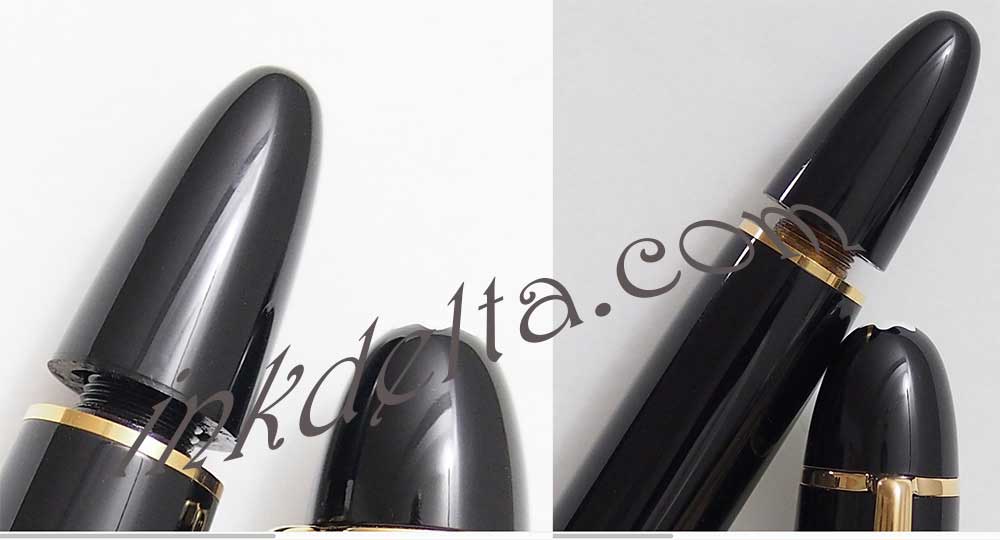
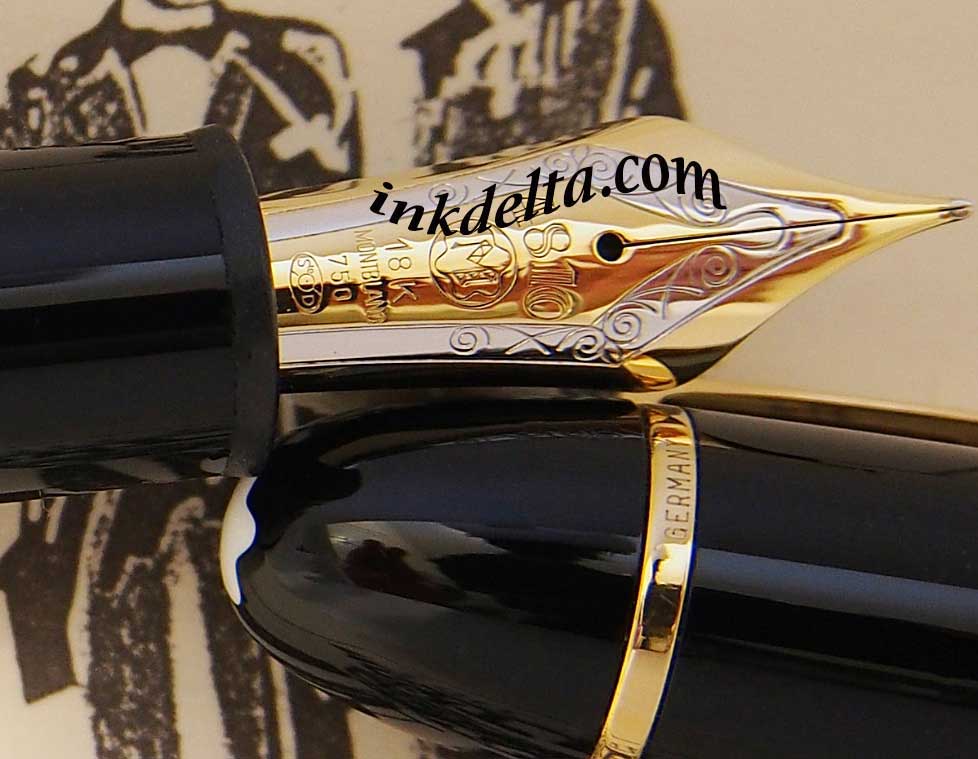
Were all your questions answered? Are there any areas you would like to see more detailed information presented? Keep in touch with your feedback please. Also in case you are in the midst of a thesis project/challenging university program, don’t hesitate to ask for feedback. Have a successful day.
